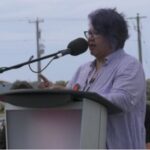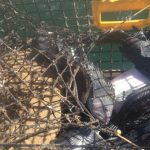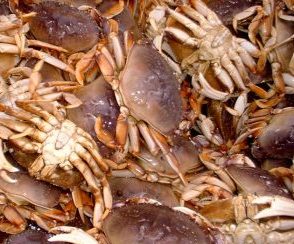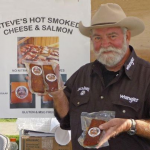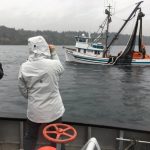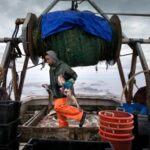Tag Archives: South Pacific
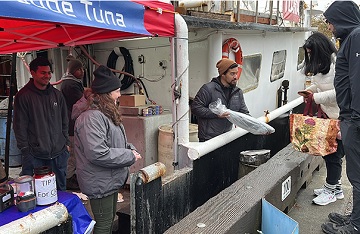
Part II: F/V St. Jude – A Taste for Tuna
Joe Malley has reeled in a lot of different fish in his over 40-year commercial fishing career, but tuna has a special place in his heart. And on his plate. “When I’m fishing halibut, the last thing I want to see on my plate is halibut,” he said. “If I’m fishing salmon, I don’t want even a beautiful King salmon. But when I’m fishing tuna, you can serve it to me all day, every day.” Tuna doesn’t have a big statement to make, Malley said. “It’s the perfect American fish – odorless, colorless, and tasteless. And tuna can be incorporated into dishes in so many ways; for instance, you can stir fry it just like chicken. ”For Malley, his wife Joyce, and their five-person crew, tuna is a way of life. The F/V St. Jude crew spends 12 months a year on a quest for albacore tuna — from the North Pacific in summer to the South Pacific in fall. >click to read< 12:37
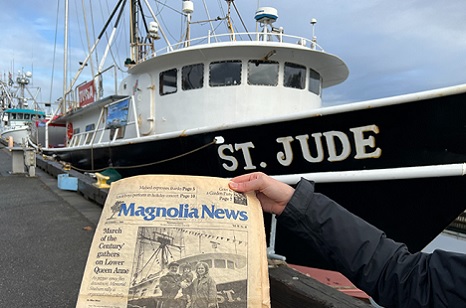
The Adventure of an Unconventional Career
Joe Malley keeps a faded but well-loved copy of the December 1, 1999 edition of the Magnolia News as a reminder of his family’s commercial fishing journey over the last two-plus decades. The photo and headline above the fold features Malley, his wife Joyce, and their young son Liam (now 24) standing in front of their new (at the time) fishing vessel, moored at the Port of Seattle’s Fishermen’s Terminal, as they prepared to embark on a new journey. The St. Jude, a 95-foot-troller, still makes its home at Fishermen’s Terminal today. Some things haven’t changed in the 23 years since the Magnolia News article was written. The St. Jude crew still fishes 12 months a year, chasing Albacore tuna from the North Pacific in summer to the South Pacific in fall. In between journeys they sell their catch off the St. Jude at Fishermen’s Terminal. >Photos, Video, click to read< 09:17
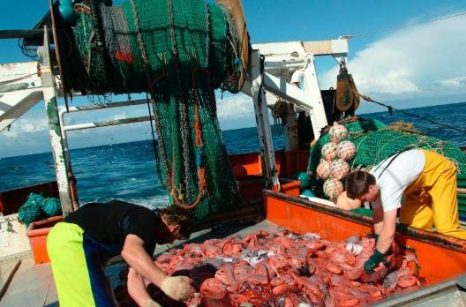
Bottom trawling for orange roughy has scientists worried
Three of the nine fisheries within New Zealand waters were recently deemed sustainable once again. But it is bottom-trawling for orange roughy on the high seas – the area out beyond the 12 nautical mile limit of New Zealand and Australia’s exclusive economic zone – that has scientists and conservationists worried.,, Experts call them “vulnerable marine eco-systems” (VMEs) but some in the fishing industry even object to the term as “unscientific and akin to labelling fishermen as murderers”. These tensions led to protracted wrangling about how best to protect the South Pacific’s orange roughy and that has now culminated in threats of legal action from New Zealand’s powerful fishing industry interests. >click to read<13:45

































